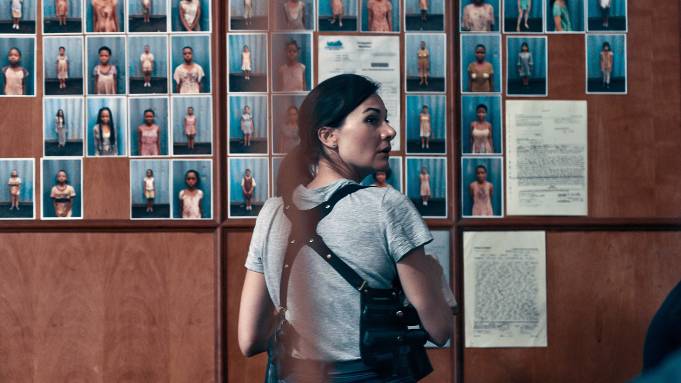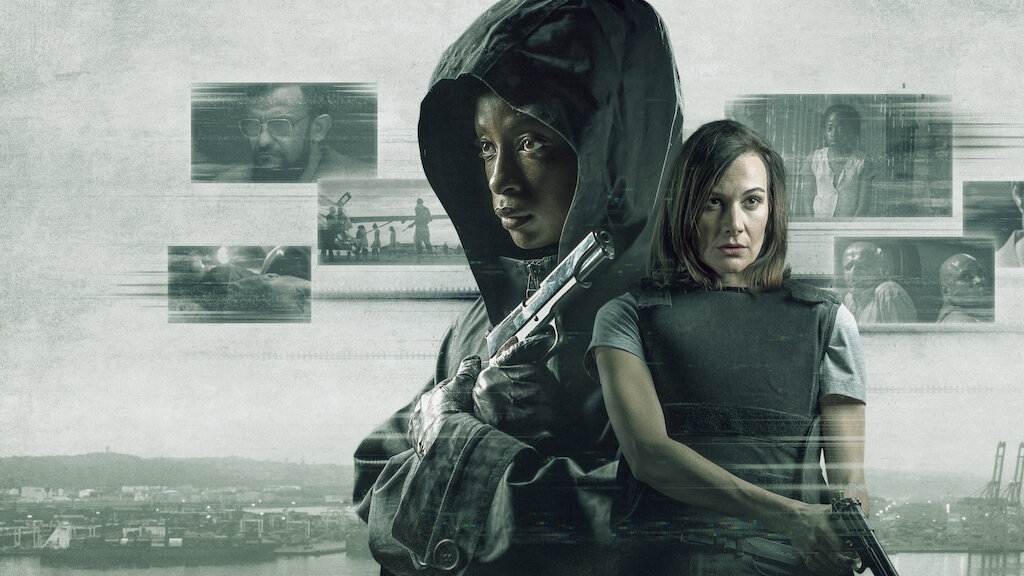‘I Am All Girls’ is a South African thriller that dives into the dark world of human trafficking. The two protagonists, each with their own motivations and methods, fight against an international syndicate of child sex traffickers with connections to the upper echelons of the government. The film centers around a decades-old case from the closing days of the apartheid, whose 6 young victims were never found.
In the movie, we see the two protagonists on the hunt to avenge the missing girls and save thousands more from going through the same fate. The scourge of human trafficking is one of the world’s darkest realities, and ‘I Am All Girls’ gives us a detailed look at its horrors. So how much of it is based on a true story? We decided to find out.
Is I Am All Girls Based on a True Story?
Yes, ‘I Am All Girls’ is based on a true story. While the film does not definitely mention the exact incidence it is based on, it appears as though the central crime of the movie — the kidnapping of 6 young girls by a suspected child trafficker and the fact that they were never found again — is based on the real-life case of Gert van Rooyen. Rooyen was a South African pedophile and serial killer that allegedly kidnapped 6 girls between 1988 and 1989. He and his accomplice Joey Haarhoff are suspected of kidnapping and murdering many more girls between the ages of 9 and 16.

Their last victim, Joan Booysen, managed to escape and alerted the police. Soon after discovering that she had escaped, Rooyen killed his partner and committed suicide. No remains of the dead, missing girls have since been found, and there is a dearth of information about those victims that could have survived the ordeal as well. Unsurprisingly, in the years following his death, there were allegations that Rooyen was involved with a pedophile group.
His son, Flippie van Rooyen, alleged that 3 former National Party ministers were involved in a child smuggling ring that worked with his father. Of the missing girls, he said that some of them had been taken to the Middle East. We see these aspects represented in the movie, with a former and a sitting minister seen involved in child trafficking. The sitting minister is also seen selling young girls to Arabs in the film’s climax.
It seems almost too obvious that Gert van Rooyen is represented by the character named Gert de Jager. Although in the movie, we see Jager willingly give information on the victims being smuggled to the Middle East and the involvement of government ministers, in reality, it was Rooyen’s son that supplied those details. He was later also found guilty of perjury, but the allegations continue to be echoed by police officials. Additionally, Jager is killed off in the movie one day after he mentions the minister, most likely at the latter’s behest. In reality, Rooyen committed suicide.
There have also been many reports of humans being smuggled in containers, as we see in the film as well. However, the story about Ntombi, the child-trafficker-killing vigilante, and her renegade police officer partner is, as expected, fictional. They are used to bring the horrific realities that inspire the movie to the screen as a thriller. Donovan Marsh, the film’s director and executive story editor, has in the past made movies involving renegade cops (‘Avenged’) and high stakes political crimes (‘Hunter Killer’), which possibly inspired him to apply that lens to the issue of human trafficking.

The film also credits Wayne Fitzjohn, Marcell Greeff, Emile Leuvennink, and Jarrod de Jong as writers, who likely decided that using two protagonists who follow very different approaches to achieve a shared goal is the best way to portray multiple aspects of the issue. The fictional story that is transposed onto the historical basis of this film thus helps explore the multiple parties involved in the insidious human trafficking network, as well as the plight of its victims.
Read More: Where Was I Am All Girls Filmed?


You must be logged in to post a comment.